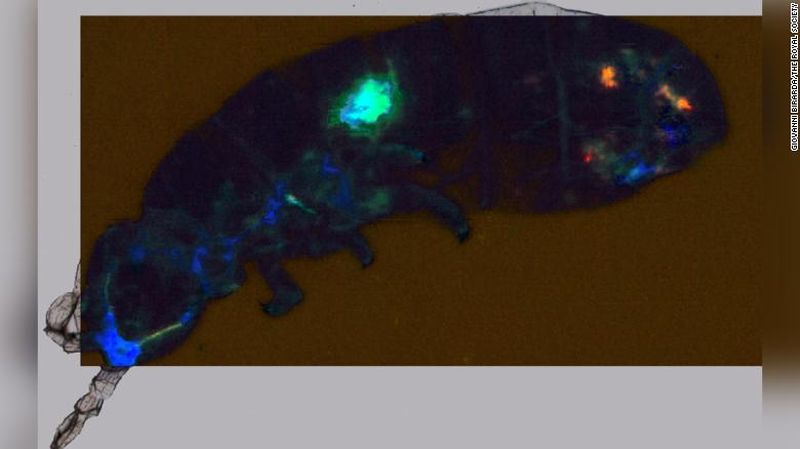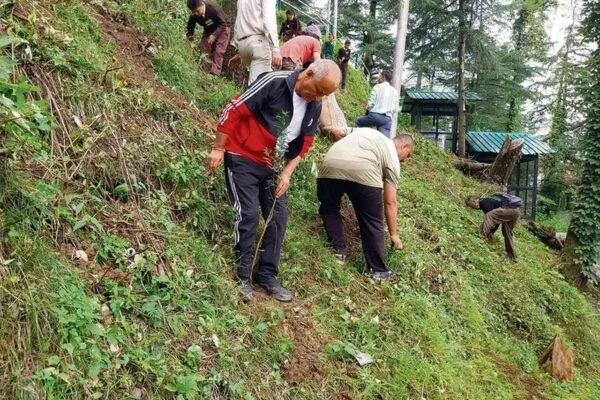Microplastics Found in Animal Guts on an Isolated Antarctic Island
The plague of plastic hasn’t left a single corner of the planet untouched. Recently, microplastics have been discovered in the guts of an Antarctic animal, that lived on a remote island of the frozen continent. The discovery has raised concerns over the prevailing plastic pollution in the region’s ecosystem.
The study by researchers in Italy and Ireland have unearthed traces of contamination inside the stomach of the “Cryptopygus antarcticus,” a small invertebrate that lives in the soil of the Antarctic. According to the scientists, the small organism is also known as springtail, measuring less than 1 millimeter in length.
The study was published in the journal Biology Letters, which has revealed the first field-based evidence of contamination by microplastics in Antarctic terrestrial animals.

Researchers used infrared spectroscopy to detect microplastics in the “Cryptopygus antarcticus.” | Image: Giovanni Birarda/ The Royal Society
The startling finding was made after testing 18 animals that had been discovered on a large polystyrene foam piece in 2016 on the shore of King George Island, which is situated north of the Antarctic continent.
Elisa Bergami, a researcher at the University of Siena, led the project. She said that she saw the plastic substance while she was on a field trip in the “relatively highly polluted area,” and she wanted to understand the pathways of plastic in this remote environment.
The research team used infrared spectroscopy at Elettra Sincrotrone Trieste, a research center in Italy, to expose the presence of microplastics inside the animals.
Bergami added that the creatures must have consumed the plastic as they ate the algae, moss and lichen that layered the polystyrene block. She also recorded that microplastics can carry pathogens and contaminants that are harmful to the animals they tested, as well as to other species in the food chain of the ecosystem.
An associated professor at University College Dublin and one of the study’s authors, Tancredi Caruso said that the type of Collembola they tested is very well-represented in Antarctica; both on the continent and on islands such as King George Island.
This study gives the first clear proof of the consumption of plastic substance by a common Antarctic Collembolan, going beyond earlier findings and analytical constraints on this insect group and, more generally, soil-dwelling invertebrates.
The scientists believe that this study could lead to further studies of the role of plastics in ecosystems. Be that as it may, plastic pollution needs to be abated for the survival of the planet or earth will become a giant landfill.


